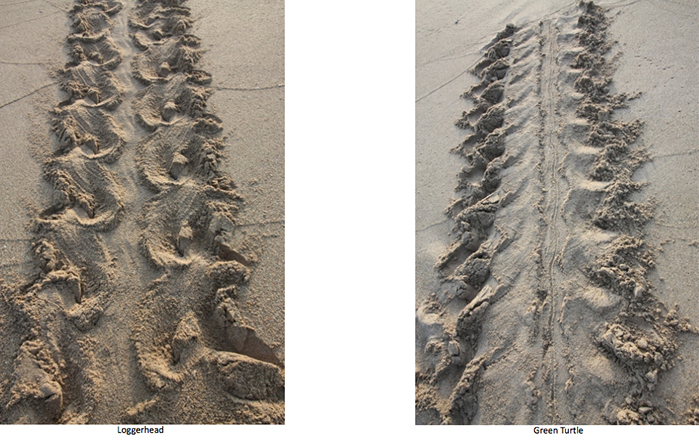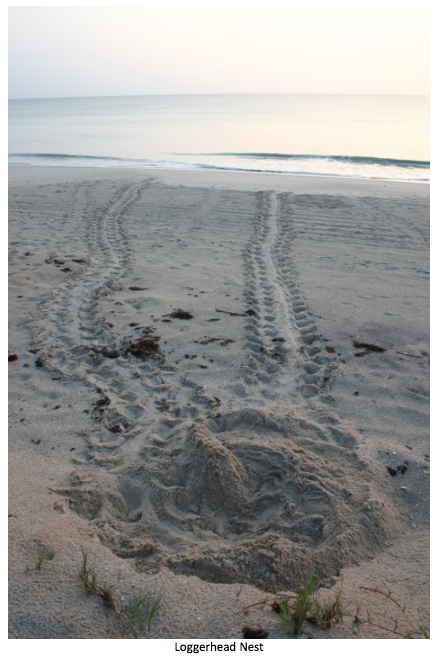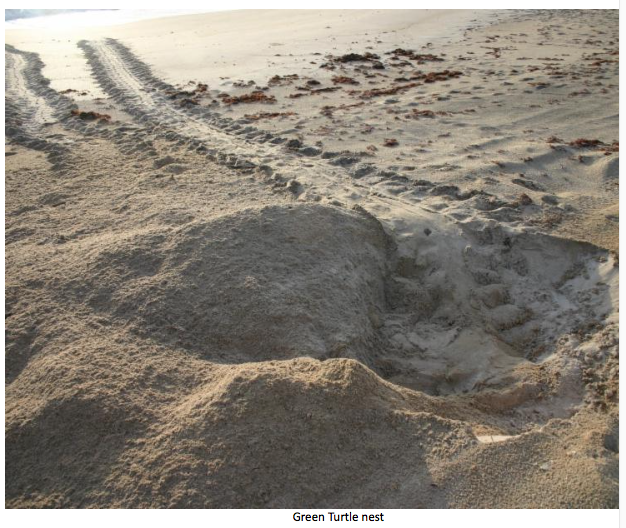Recent News
Flamingo flockings are overTuesday, July 10, 2012
After a month of flockings, the Bermuda Zoological Society’s pink plastic flamingos are returning to their storage roost until next year.
Aquarium Welcomes New Tree Kangaroo
Tuesday, July 03, 2012
The Bermuda Aquarium, Museum & Zoo [BAMZ] has welcomed a new tree kangaroo to their exhibits. Karau [pronounced KUH-row] comes to BAMZ from Lincoln Park Children’s Zoo in Chicago.
‘We hope it inspires them to become environmental stewards of the future’
Friday, June 29, 2012
Maybe some of them will pursue a career in conservation and become the next David Wingate or Jeremy Madeiros.
BASS works to raise awareness to save Sargasso Sea
Friday, June 08, 2012
FRIDAY, JUNE 8: Legendary oceanographer Sylvia Earle described the Sargasso Sea as the “golden floating rainforest of the Atlantic Ocean” and now ten local non-governmental and environmental groups have teamed up to raise awareness about its importance.
Sargasso Sea: BASS Aims To Raise Awareness
Thursday, June 07, 2012
Ten local non-governmental and environmental groups are teaming up to raise awareness on the Island about the importance of protecting the Sargasso Sea.
About
GovernanceAbout Us
Newsletter
Latest News
Gift & Bookstore
Contact
General Inquiries
info@bzs.bm
Latest News
All the latest updates and news from the Bermuda Aquarium, Museum, and Zoo, one of Bermuda's leading visitor attractions!
Jennifer Gray, Bermuda Director, Bermuda Turtle Project
Are you an early riser? Do you like to walk beaches?
Be a part of our Citizen Science Volunteer Programme... take a walk and report sea turtle nesting events.
In 1870 Bermuda's Attorney General declared that there was no nesting of sea turtles in Bermuda giving us an approximate time reference for the local extinction of our nesting green turtles.
Sea turtle nesting events in Bermuda; of 1990 (Loggerhead), 2005 (Loggerhead) and 2015 (Green) give us a glimmer of hope for the future and suggest a possibility that sea turtles are nesting sporadically hidden from human eyes. All three of these nests were discovered fortuitously by observant members of our community and we encourage everyone to be aware of the tell-tale signs of sea turtle nesting and report any events to the Bermuda Turtle Project.
Historic records suggest that sea turtles in Bermuda nested between late April through June and certainly June, July and August would provide the optimal sand temperature for a sixty- day incubation period of eggs.
To identify the tracks (crawls) of a nesting sea turtle observations should be made early in the morning when they are fresh and unaltered by wind and rain. Whenever possible photographic records should be obtained. The tracks of a nesting sea turtle should emerge from the high tide mark and lead to a disturbed area of sand at the back of a beach with another track returning to the sea. Loggerhead tracks are approximately three feet wide while Green Turtle tracks are typically four feet wide.

Photos: Sea Florida Fish & Wildlife Conservation Commission


Hatchlings emerging from a nest may not leave clear tracks depending on the type of sand and wind conditions but when they do many small tracks from the nest to the sea may be observed. These should not be confused with the tracks of a hermit crab. If there are bright lights the vicinity of the beach hatchlings may become disoriented and have trouble finding the ocean.
Tracks from disoriented hatchlings.
Their tracks should lead straight to the sea. Hermit Crab tracks

Photo: Sea Turtle Conservancy
Help us understand the status of sea turtle nesting by reporting any tracks or nesting events to the Bermuda Turtle Project by calling (441) 332-2966.


